Real Estate Agents: Contract law class in beautiful new construction luxury home in Heart of Scottsdale!
June 22, 9:30 a.m. to 1:00 p.m.
Contract to Closing: Contingencies, Clauses and Cures for three hours of contract law.
Enjoy the class in a brand new luxury home in the Heart of Scottsdale. The home is approximately 4,341 square feet priced at $1,820,000. Tour the home at 9:30 a.m. and meet the builder. Class is from 10:00 a.m. to 1:00 p.m.
Fox Haven by Cachet Homes
Class location: 10332 N. 79th Way, Scottsdale, 85258 (Hayden and Gold Dust, just south of Shea Blvd.)
MUST RSVP FWilcox@GCTA.com or 602.648.1230 Cost is ($10.00) dollars.
Class by Internal Dynamics School of Real Estate 13565 N. 102nd Place, Scottsdale 85260 602.363.2960 mbarnewolt@msn.com
We will use real life scenarios involving the AAR Residential Resale Real Estate Purchase Contract.
Scenarios
Inspection period
BINSR
Seller concessions
Release of earnest money
Risk of loss clause
Contingency clauses versus promise clauses
When do I deliver a cure period notice
Breach of contract
Commitment for title
What is FIRPTA?
There will be a review of the contract timelines
p.s. I served on one of the subcommittees at the Arizona Association of REALTORS which made the changes to the new contract released February 2017.
Fletcher R. Wilcox
Contact me to open your next escrow with our Scottsdale office located at 8520 E. Shea Blvd., Suite 115, 85260.
Fletcher R. Wilcox is the author of The Wilcox Report and Vice President of Business Development for Grand Canyon Title. His market analysis has been referenced in the Wall Street Journal, Bloomberg News, HousingWire.com and National Mortgage News. He served on one of Arizona Association of Realtor’s 2017 Residential Resale Contract subcommittees. He may be reached at FWilcox@GCTA.com or by phone at 602-648-1230.
Recent media appearances
May 17, 2017 in the Phoenix Business Journal http://www.bizjournals.com/phoenix/news/2017/05/11/existing-home-sales-highest-since-2006-up-18-over.html
May 12, 2017 KTAR https://ktar.com/story/1570668/maricopa-county-home-sales-up-18-percent-near-prerecession-numbers/
Television interviews
My interview with Gerri Willis on the Fox Business News Network
Interview with Jim Belfiore on Square Off Arizona. Topic: The President and Housing.
Interview on Horizon on housing market.
Scottsdale Report: Residential Real Estate Trends for April 2017. Estimated months of supply for single family homes and more!
This report is on Scottsdale sales and new listing trends for single family, apartment style, townhouse and patio homes.
The data was compiled from the Arizona Regional Multiple Listing Services, Inc. (ARMLS).
In April, of the four residential categories, single family homes had the most sales at 476 or 59% of all sales. Second was Apartment Style / Flat homes with 161 sales.
Single Family Homes Estimated Months of Supply by Price Range
As can be seen in the table, homes in the lower price ranges generally have lower estimated months of supply. Generally when there is a four month of supply or less it is considered a seller’s market. Out of the 476 sales only ten were either a short sale or lender-owned sale.
April 2017
As can be seen, sales in three of the four categories were up this April over last April. Townhouse sales had the greatest increase at 34%, while single family sales were down 4%. Even though single family homes were down this April compared to last April, single family home sales are up ten percent for the first four months of 2017 (see the table below in the section Sales and New Listing Trends for the First Four Months of 2017).
How did new monthly listings for the four categories compare in April 2017 to April 2016?
There were less new monthly listings in each of the four residential categories this April compared to last April.
Sales and New Listing Trends for the First Four Months of 2017
Below enter your email address to subscribe to this blog and receive notifications of new updates to The Wilcox Report by email.
Contact me to open your next escrow with our Scottsdale office located at 8520 E. Shea Blvd., Suite 115, 85260.
Fletcher R. Wilcox is the author of The Wilcox Report and Vice President of Business Development for Grand Canyon Title. His market analysis has been referenced in the Wall Street Journal, Bloomberg News, HousingWire.com and National Mortgage News. He served on one of Arizona Association of Realtor’s 2017 Residential Resale Contract subcommittees. He may be reached at FWilcox@GCTA.com or by phone at 602-648-1230.
Recent media appearances
May 17, 2017 in the Phoenix Business Journal http://www.bizjournals.com/phoenix/news/2017/05/11/existing-home-sales-highest-since-2006-up-18-over.html
May 12, 2017 KTAR https://ktar.com/story/1570668/maricopa-county-home-sales-up-18-percent-near-prerecession-numbers/
Television interviews
My interview with Gerri Willis on the Fox Business News Network
Interview with Jim Belfiore on Square Off Arizona. Topic: The President and Housing.
Interview on Horizon on housing market.
Which buyer costs can a seller concession now pay?
Sixty Days Later: The New AAR Purchase Contract
Published May 2, 2017 in the Arizona Journal of Real Estate & Business
http://www.asreb.com/2017/05/sixty-days-later-the-new-aar-purchase-contract/
By
Fletcher R. Wilcox
The Wilcox Report
Grand Canyon Title Agency
As I write this article, it is sixty days since the introduction of the new AAR Residential Resale Real Estate Purchase Contract on February 1, 2017. I will review the change in seller concessions, which is a hot topic, and touch on something that recently happened when a seller agreed to pay the initial appraisal fee — and it was to be included in the seller concessions.
The Seller Concessions clause in the new AAR Contract reads:
2J. Seller Concessions (if any): In addition to the other costs Seller has agreed to pay herein, Seller agrees to pay up to ____% of the Purchase Price OR up to $____ to be used only for Buyer’s loan costs, impounds, Title/Escrow Company costs, recording fees, and, if applicable, VA loan costs not permitted to be paid by Buyer.
Much of the discussion on seller concessions centers on the word prepaids which was removed and the addition of the language to be used only for.
Why was prepaids removed from the clause?
In the previous contract the word prepaids was loosely applied. Often when not all of the seller concessions were used after paying for loan costs, impounds, and title/escrow costs any remaining concessions would be used to perhaps prepay additional months of HOA, or maybe prepay pool service, etc. I have heard of seller concessions being applied to pay a buyer’s credit cards and buyer broker commission. While not all sellers may object to these applications, some vehemently did.
Most seller challenges as to what their concessions were to pay happen after receipt of the settlement statement, which is usually just days before a transaction is to close. When a seller and buyer cannot agree on the concessions, an addendum is often needed clarifying what may be paid before the transaction can close.
Since the new contract added the words to be used only for, questions that keep arising is if the lender is required one year of homeowner’s insurance and is the mortgage interest from the close of escrow to the first mortgage payment considered a loan cost? On March 28, 2017 AAR stated, “Both interest and the homeowner’s insurance premiums are costs that the lender requires to be paid as a condition to funding a loan. Thus, those items are considered to be loan costs as that term is used in Section 2j. Accordingly, the interest and homeowner’s insurance premiums would be included in the Seller Concessions as agreed by the parties.”
If there are remaining seller concessions may they be used to prepay items such as additional months of HOA or an additional year of home warranty? Probably not, since neither of these items is a loan cost or a condition to fund the loan.
Additional Seller Concessions are Negotiable
Just as all repairs are negotiable since the seller warranties were removed from the new Contract, the buyer may negotiate additional items that seller concessions may pay. A buyer may want to add language in the Additional Terms and Conditions section of the Contract to read something like this, “Seller concessions to be applied to the following items…”
Initial Appraisal Fee and Seller Concessions
Section 2m lines 111-113 read:
Initial appraisal fee shall be paid by __Buyer __Seller __Other at the time payment is required by lender and is non-refundable. If Seller is paying the initial appraisal fee, the fee __will __will not be applied against Seller’s Concessions at COE, if applicable.
Recently, a seller agreed to pay the initial appraisal fee of $500 to the lender at the beginning of the transaction. The $500 was to be applied against a seller concession of $4,000.
When the Closing Disclosure was sent to the seller it showed the seller’s concession at COE to be $4,000 instead of reducing it to $3,500, since the seller had already paid $500 for the appraisal.
Apparently, the lenders software was not able to show the seller paying the initial appraisal fee outside of escrow. The Closing Disclosure incorrectly showed that the buyer had paid it outside of escrow. Since the problem was found before closing it was resolved.
Conclusion
Most buyers think that when a seller agreed to give them a concession they will be able to use all of it. They do not understand all the nuances of its application. A buyer may consider adding language to the Contract, and they should discuss with their lender any limitations the lender may have with a seller concession.
Fletcher R. Wilcox is the author of The Wilcox Report and Vice President of Business Development for Grand Canyon Title. His market analysis has been referenced in the Wall Street Journal, Bloomberg News, HousingWire.com and National Mortgage News. He served on one of Arizona Association of Realtor’s 2017 Residential Resale Contract subcommittees. He may be reached at FWilcox@GCTA.com or by phone at 602-648-1230.
Who will be the top real agent, broker and more!
Old Town Scottsdale 2017 Friday Night Industry Party
Awards will be for
- Residential real estate agent of the year
- Residential real estate broker of the year
- Residential rookie agent of the year
- Residential team of the year
- Commercial managing principal of the year
- Commercial real estate broker of the year
- Home inspector of the year
- Certified appraiser of the year
- Escrow officer of the year
- Title sales representative of the year
- Mortgage loan originator of the year
Arizona jobs projected to increase by 138,553 and Greater Phoenix jobs by 115,258. More jobs will keep the fire going for already hot housing market.
On March 9, the Arizona Office of Economic Opportunity released job projections. Jobs in Arizona are projected to increase by 138,553 from the Second Quarter of 2016 through the Second Quarter of 2018. The majority of the increase in jobs is expected to be in Greater Phoenix. Jobs in Greater Phoenix are projected to increase by 115,258. Greater Phoenix in this report is defined as Maricopa and Pinal counties.
This increase in jobs, along with a growing population, will continue to fuel the demand for residential housing. Greater Phoenix is currently in the midst of a very hot demand for previously owned single family properties in many price ranges.
According to the Arizona Regional Multiple Listing Services, Inc., sales of previously owned single family homes in the first two months of 2017 are fourteen percent higher than for the same period last year. The number of sales in January and February 2017 were 9,999 compared to 8,777 for the same period last year.
While sales are up inventory is down. The number of previously owned new monthly listings in January and February 2017 were 5% or 860 less than for the same period last year.
When writing a contract, be prepared for your buyers to compete against multiple offers when a property is priced at market.
Expect prices to go up in many prices ranges.
The majority of the increase in jobs will be in Greater Phoenix
To read the report go to https://laborstats.az.gov/sites/default/files/documents/files/ST_IndProjReport.pdf
| 2016-2018 Projected Job Growth by Region | ||||
| Area Name | 2016 Estimated Total Employment Level | 2018 Projected Total Employment Level | Numeric Growth | Annualized Percentage Growth |
| Arizona | 2,852,181 | 2,990,734 | 138,553 | 2.4% |
| Phoenix MSA1 | 2,051,434 | 2,166,692 | 115,258 | 2.8% |
| Tucson MSA2 | 382,515 | 392,583 | 10,068 | 1.3% |
| Balance Of State3 | 414,363 | 427,176 | 12,813 | 1.5% |
| 1) Maricopa and Pinal Counties | ||||
| 2) Pima County | ||||
| 3) All other areas in Arizona less Maricopa, Pinal, and Pima Counties
Arizona’s industry employment projections are produced in conjunction with the U.S. Department of Labor (U.S. DOL), Employment and Training Administration (ETA). Fletcher R. Wilcox is V.P. of Business Development and a Real Estate Analyst at Grand Canyon Title Agency. He is author of www.TheWilcoxReport.com. His market analysis on residential real estate in Greater Phoenix has been mentioned in the Wall Street Journal, Bloomberg News, MarketWatch, HousingWire.com, National Mortgage News, Arizona Republic and the Phoenix Business Journal. He has been a guest speaker on local radio and both local and national TV. He teaches real estate agents strategies on marketing and instructs real estate classes in residential contract writing and Arizona title procedures. Fletcher started snowboarding in 2006. He is not very good. Fletcher may be reached at mailto:FWilcox@GCTA.com 602.648.1230 |
||||
Anticipatory Contract Writing
Published in the Arizona REALTOR’s Voice
by on September 9, 2016
There are 30 blank lines at the beginning of Section 8, Lines 311-340, Additional Terms and Conditions in the AAR Residential Resale Real Estate Purchase Contract (Contract). The purpose of these lines is for the buyer, before presenting an offer to the seller, to put in language that changes, adds to, or subtracts provisions in the body of the Contract.
The key to writing provisions language in the Additional Terms and Conditions section is to do so in clear and understandable terms. Knowledge of the Contract and its timelines is essential in constructing good language.
There are times when a buyer places language into the Additional Terms and Conditions Section in anticipation of situations that may occur in a transaction. The buyer wants the property. Emotions are high. This is when mistakes may be made. In the two scenarios below, a buyer makes the earnest money nonrefundable to present a better offer to the seller. Is the language clear and understandable?
You be the judge.
Scenario One
Language written in the Additional Terms and Conditions section reads, “Earnest money to be nonrefundable after ten day inspection period.”
On day seven after Contract acceptance, the Buyer’s Inspection Notice and Seller’s Response (BINSR) was delivered to the seller giving the seller the opportunity to correct five disapproved items. According to the Contract timeline, the seller then has five days to respond to the buyer. In this situation, the seller responded to the buyer on the fifth day, which was day twelve after contract acceptance. The seller checked the box on the BINSR stating, “Seller is unwilling or unable to correct any of the items disapproved by the Buyer.”
At the beginning of the transaction the buyer was hot for the property. Fifteen days later, upon receiving the seller’s response declining to fix the five requested items, the buyer’s emotions toward the property have cooled. The buyer then canceled the Contract and demanded a return of the earnest money. The seller argued that the buyer can cancel, but the buyer doesn’t get the earnest money, they do. Seller argued the 10 day inspection period ended when the BINSR was delivered and that the buyer canceled after this period. The buyer countered that the 10 day inspection period includes the entire buyer disapproval process in section 6J.
We have an escrow dispute. Is the language written in Section 8 clear and understandable?
Clearer language on behalf of the buyer addressing when the earnest money would be nonrefundable may be, “Buyer’s earnest money shall be nonrefundable unless Buyer elects to cancel pursuant to Section 6J.” Section 6J includes the BINSR timeframes for both buyer and seller responses.
Scenario Two
Language in the Additional Terms and Conditions section reads, “Earnest money to be nonrefundable and released to seller on the twenty first day after contract acceptance.” The buyer wanted 20 days for due diligence and was willing to make the earnest money nonrefundable after this time.
On day 21 after contract acceptance, the seller requested and received the earnest money from the escrow company. Fifteen days later when the close of escrow date came, the transaction did not close and could not close due to an I.R.S. lien attached to the property. For the transaction to close, the seller either had to have the lien paid at close of escrow or obtain a waiver from the I.R.S. The seller was unable to perform either. The buyer delivered a Cure Period Notice to the seller for seller’s failure to close escrow.
On the fourth day after delivery of the Cure Period Notice the seller was in breach, so the buyer canceled the transaction and demanded a return of the earnest money which, according to the language written in Section 8, was now in the seller’s possession.
Will the buyer be able to get the earnest money from the seller? Is the language written in Section 8 clear and understandable?
The buyer and their agent, in making the earnest money nonrefundable and released to the seller, did not anticipate what happens if the seller breaches the Contract. Clearer language on behalf of the buyer may be, “On the twenty first day after contract acceptance, earnest money shall be nonrefundable. However, in the event seller breaches the Contract, buyer is entitled to a return of the earnest money.”
Conclusion
Whether representing a seller or buyer, anticipatory contract writing is first thinking through possible scenarios that might arise based on the market or situation of the buyer, seller or home and addressing those situations with clear and understandable language. This type of writing is enhanced with a strong knowledge of the Contract and its timelines.
This article is not intended as legal advice. Consult your designated broker and legal counsel.
 Fletcher R. Wilcox is V.P. of Business Development for Grand Canyon Title Agency. He teaches contract law renewal hours and is author of The Wilcox Report.
Fletcher R. Wilcox is V.P. of Business Development for Grand Canyon Title Agency. He teaches contract law renewal hours and is author of The Wilcox Report.Most Misunderstood Parts of the AAR Residential Resale Real Estate Purchase Contract
What You Should Know About Loan Contingency & Cure Period Notice
Loan Contingency
A contingency clause defines a specific event or action that must take place for a contract to become binding. The Loan Contingency in the Contract says that if a buyer is not able to get a loan without Prior to Document (“PTD”) conditions the buyer is not obligated to complete the transaction. PTD conditions mean that loan documents will not be sent out because a lender requirement(s) has not been met by the buyer. Let’s read what the Contract says about the loan contingency.
Loan Contingency
2b. Lines 55-60. Buyer’s obligation to complete this sale is contingent upon Buyer obtaining loan approval for the loan described in the AAR Loan Status Update (“LSU”) form without Prior to Document (“PTD”) conditions no later than three (3) days prior to the COE date…No later than three (3) days prior to the COE Date, Buyer shall…deliver to Seller or Escrow Company notice of inability to obtain loan approval without PTD conditions.
According to the loan contingency language, while the buyer is not obligated to complete the transaction if they cannot get a loan, the buyer did promise to deliver notice that they could not get a loan three days before the close of escrow.
What happens if the buyer cannot get a loan, but breaks their promise and doesn’t deliver notice of inability to get a loan?
The Cure Period Notice
When a party to the Contract breaks a promise and, if there is not language in the Contract specifying what happens next, the remedy then is to deliver a cure period notice to the non-complying party.
“[while] the buyer did promise …the seller also made a promise. They made a promise to deliver a Cure Period Notice to the buyer if the buyer did not deliver notice of their inability to get a loan.“
Both parties in the Contract agreed, in Section 7a Lines 278-281 Cure Period, to deliver a Cure Period Notice to the non-complying party. In our example above, not only did the buyer make a promise according to the Contract, but the seller also made a promise. They made a promise to deliver a Cure Period Notice to the buyer if the buyer did not deliver notice of their inability to get a loan.
Once the Cure Period Notice is delivered, the non-complying party has three days to remedy their potential breach. In this case, it means that the buyer shall be entitled to a return of the earnest money if, prior to expiration of the cure period, the buyer delivers notice of inability to obtain loan approval.
Conclusion
Most of the time when you read the word “shall” in the Contract, a promise was made. As a rule, I recommend use of a Cure Period Notice when a promise is broken and the Contract does not have a specific timeline as to what happens next.
While the Loan Contingency in the Contract may result in the buyer getting the earnest money, there are other things to consider in this type of earnest money dispute. Was the buyer unable to get a loan described in the PQF or LSU? What did the loan denial from the lender state as the reason for the denial? Did the buyer have the down payment or other funds necessary to obtain loan approval? Was there a diligent and good faith effort?
Fletcher R. Wilcox is V.P. of Business Development and a Real Estate Analyst
Grand Canyon Title Agency.
He is author of www.TheWilcoxReport.com. His market analysis on residential real estate in Greater Phoenix has been mentioned in the Wall Street Journal, Bloomberg News, MarketWatch, HousingWire.com, National Mortgage News, Arizona Republic and the Phoenix Business Journal. He has been a guest speaker on local radio and both local and national TV.
He teaches real estate agents strategies on marketing. He instructs real estate classes in residential contract writing and Arizona title procedures. Fletcher started snowboarding in 2006. He is not very good.
Fletcher may be reached at FWilcox@GCTA.com 602.648.1230
What time of the year are there the most new listings and the most real estate sales? A review of the numbers in Greater Phoenix.
When are Real Estate Agents the Busiest?
By
Fletcher R. Wilcox
Grand Canyon Title Agency
Real estate agents make their commissions as listing agents and as selling agents. So at what times of the year are agents the busiest listing seller’s homes and closing on sales with buyers? What times of the year are listings and sales the slowest? Does real estate activity really slow down in the hot summer months?
So, what I did was research the number of new listings and sales for existing single family homes in Maricopa County, Arizona. I broke down the years 2014, 2015 and the first half of 2016 into quarters. The data is from the Arizona Multiple Listing Services, Inc. (ARMLS).
The Findings
New Listings: Which Quarter Had the Most and the Least?
In both 2014, 2015 and in the first half of 2016 we saw the same pattern for new listings. The first quarter, the winter quarter, had the most new listings. Then like a stair step, the number of new listings declines in each of the following quarters with the fourth quarter having considerable less new listings than the first quarter. Then as the chart below shows, listings shoot up again in the first quarter of the New Year.
More New Listings and Sales in First-Half of 2016 Than in Either 2014 or 2015
When comparing the number of new listings in the first two quarters of 2016 there were 2,792 more new listings than 2015 and 1,280 than 2014. This increase in inventory along with job growth and population growth and boomerang buyers has fueled home ownership. There were 1,268 more sales in the first two quarters of 2016 than 2015 and a whopping 4,243 more sales than 2014.
Sales: Which Quarter Had the Most and Least?
While the first quarter has the most new listings, the second quarter has the most sales. The chart below shows single family sales. In 2014, the quarter with the least number of sales was the first quarter. In 2015, it was a toss-up for the least number of sales between the first quarter and the fourth quarter. There were only thirty-six more closings in the fourth quarter over the first quarter. The second best quarter for sales has been the third quarter.
There are More Sales in the Hot Summer Months Than You Might Think
If we compare sales in the third quarter, the hot weather months of July, August and September, to the best quarter, the second quarter, we saw a decline in sales of 12% in both 2015 and 2014.
However, the third quarter has been the second best quarter for sales. In 2015, third quarter sales were 18% higher than in both the first and fourth quarters.
Conclusions
In recent history, the first and second quarters of the year had the most new listings followed by the second and third quarters as the most sales. While real estate sales slow-down in the hot weather third quarter compared to the spring second quarter, the third quarter has been the number two quarter for most sales. While sales in the first and fourth quarters are the slowest, there is still lots of sales activity. Data shows sales in the first and fourth quarters range between 12,000 and 14,000. Look for sales in the fourth quarter of 2016 to be over 14,000 sales.
Fletcher R. Wilcox is V.P. of Business Development and a Real Estate Analyst at Grand Canyon Title Agency.
He is author of www.TheWilcoxReport.com. His market analysis on residential real estate in Greater Phoenix has been mentioned in the Wall Street Journal, Bloomberg News, MarketWatch, HousingWire.com, National Mortgage News, Arizona Republic and the Phoenix Business Journal. He has been a guest speaker on local radio and both local and national TV.
He teaches real estate agents strategies in marketing and instructs real estate renewal classes in residential contract writing and Arizona title procedures. Fletcher started snowboarding in 2006. He is not very good.
Fletcher may be reached at FWilcox@GCTA.com 602.648.1230
Maricopa County Number One in U.S. for Net Domestic Migration. This is good for Real Estate Sales.
A Report on Real Estate, Lending, Job Growth and Population Trends
Maricopa County Number One in U.S. for Net Domestic Migration.
This is good for Real Estate
By Fletcher R. Wilcox on March 25, 2016
On March 24, the U.S. Census Bureau released their population estimates for metro areas and counties. They breakout their population estimates by 381 metropolitan statistical areas and 3,142 counties.
Maricopa County # 1 in Net Domestic Migration
Who says there are more people moving out of than moving into Maricopa County? If they do, they are wrong. Of the 3,142 counties in the United States, the U.S. Census Bureau ranked Maricopa County number one in net domestic migration from July 1, 2014 to July 1, 2015. Domestic migration is the difference between U.S. citizens moving into or out of a particular state. There were 37,670 more people that moved into Maricopa County than moved out. Placing second in domestic migration was Clark County, Nevada at 24,901.
The population of Maricopa County is estimated at 4,167,947 increasing 77,925 from July 1, 2014 to July 1, 2015. In this time period there were 55,671 babies, 28,981 deaths leading to a natural increase of 26,690. International migration was 11,820.
Phoenix-Mesa-Scottsdale Metro Statistical Area # Four in Numeric Population Gain
The population of Phoenix-Mesa-Scottsdale metro area increased by 87,988 people from July 1, 2014 to July 1, 2015 making it number four in numeric population gain amongst metro areas. Number one on the list was the metro area of Houston-The Woodlands-Sugar Land, Texas with a population gain of 159,083.
Why Population Growth is good for Real Estate
More people mean more demand for housing. The addition of 55,671 babies means more first time homebuyers and more move-up buyers with families needing bigger houses.
Fletcher R. Wilcox
V.P. Business Development & Real Estate Analyst at Grand Canyon Title Agency
Grand Canyon Title Agency is a wholly owned subsidiary of the Fortune 314 company FNF.
FWilcox@GCTA.com 602.648.1230
Author of www.TheWilcoxReport.com

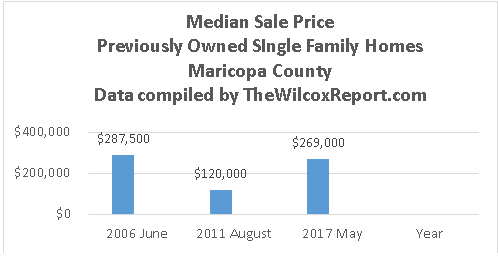
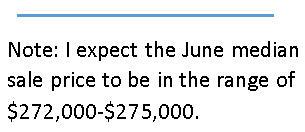




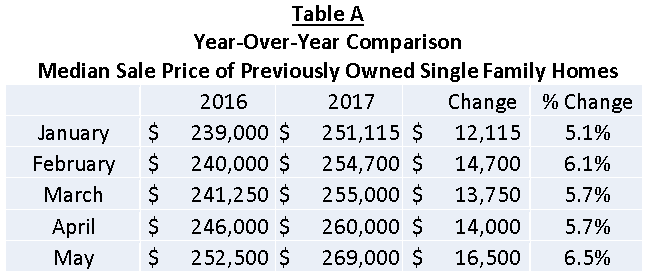
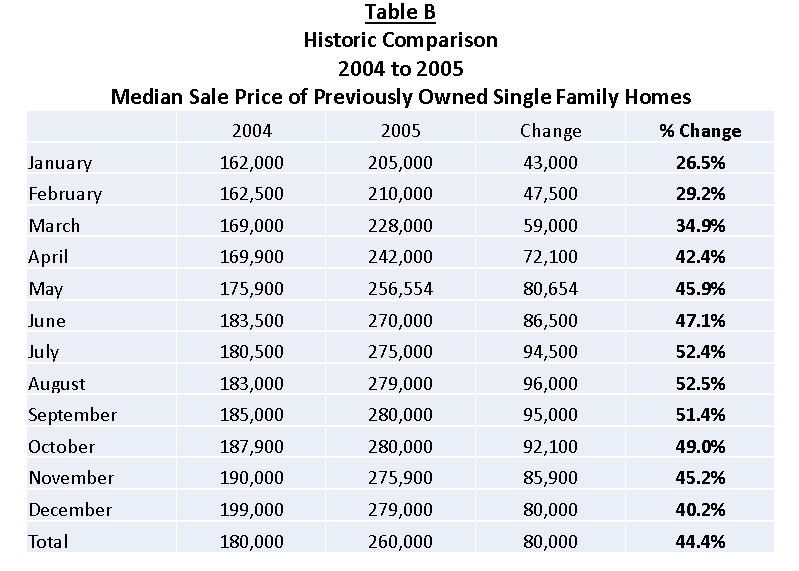
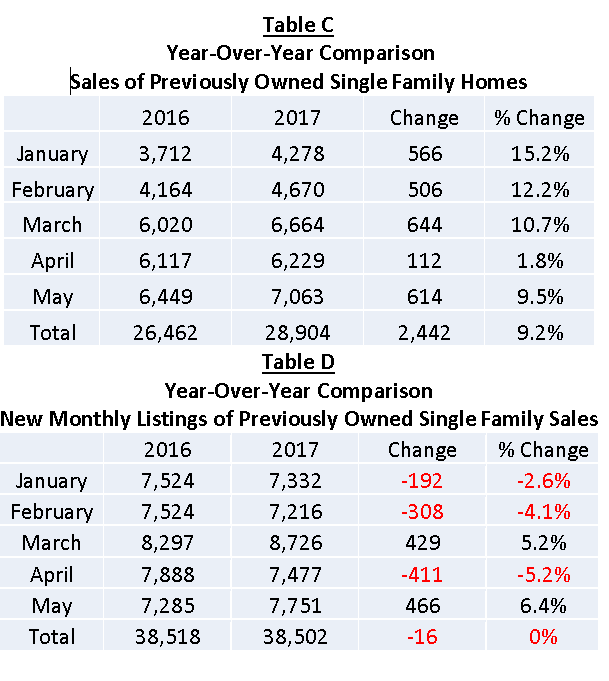
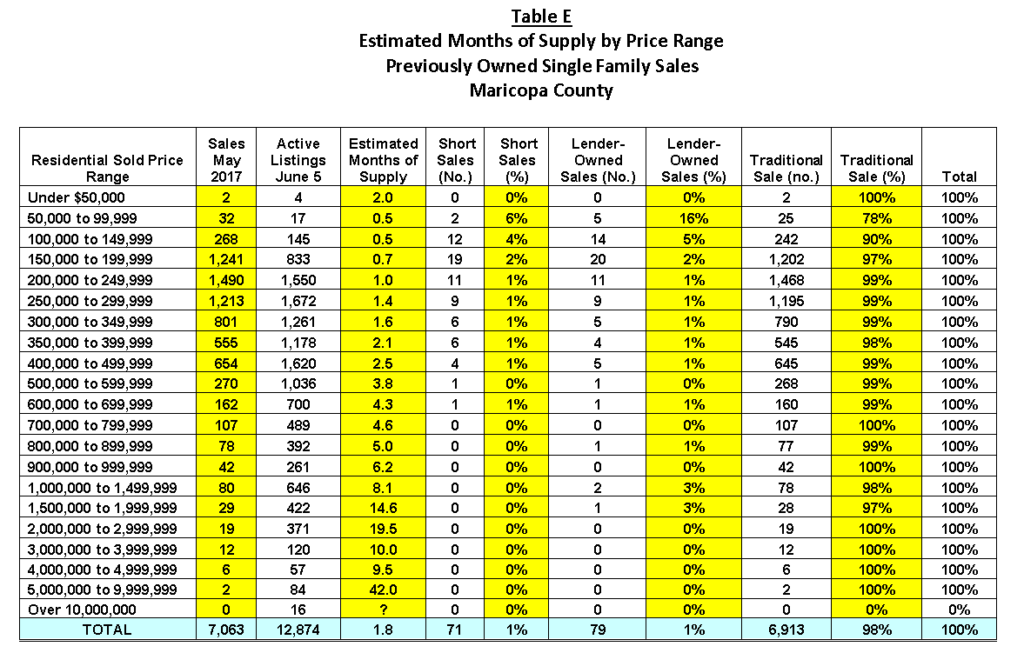


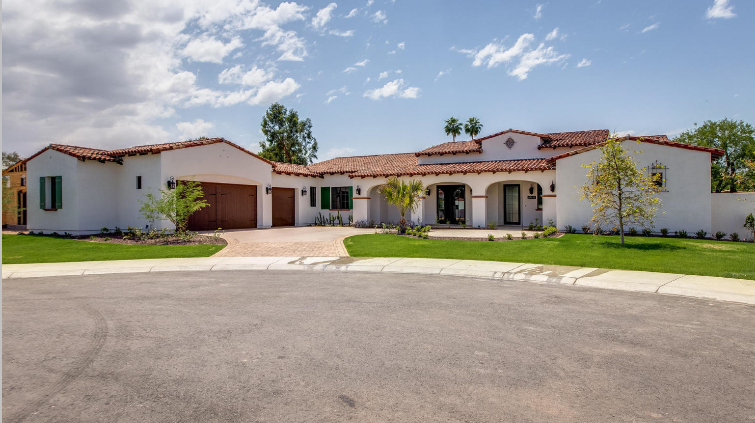


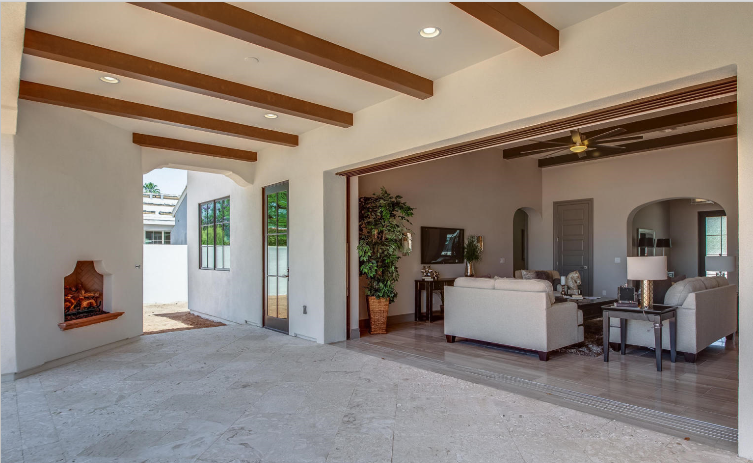


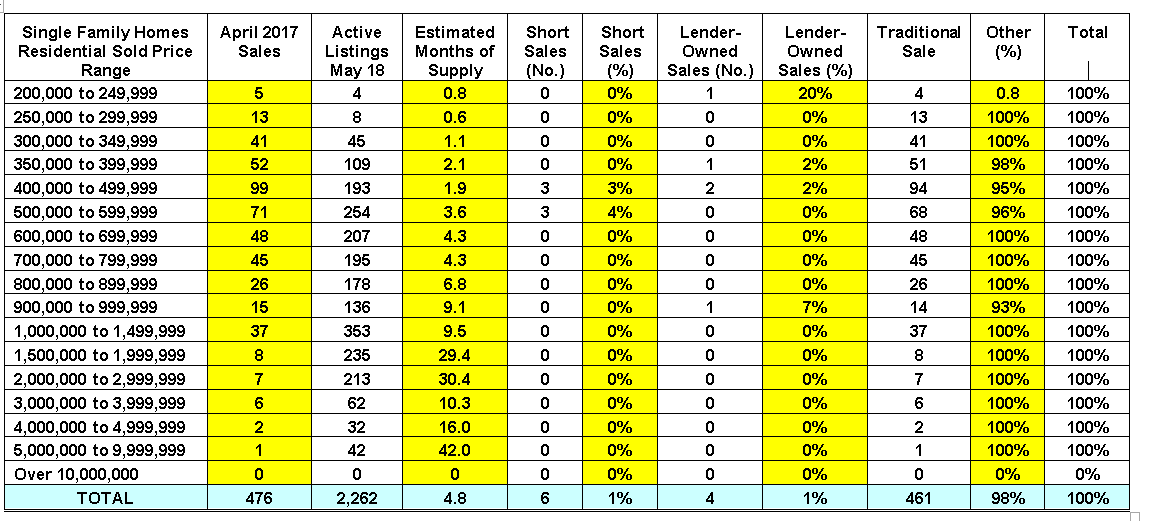






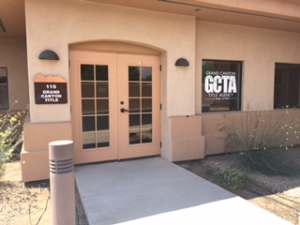

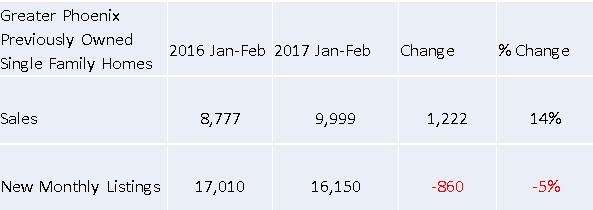
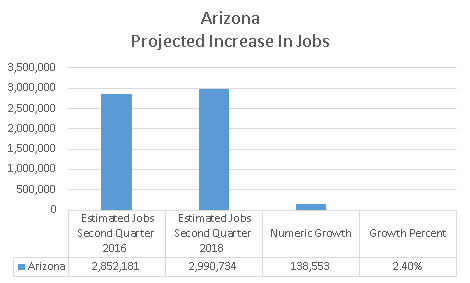
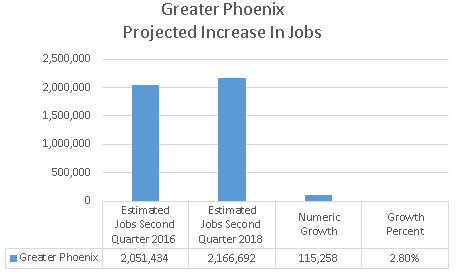
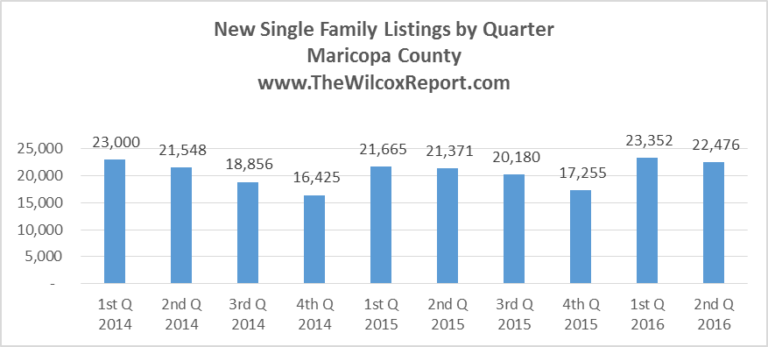






Follow Fletcher